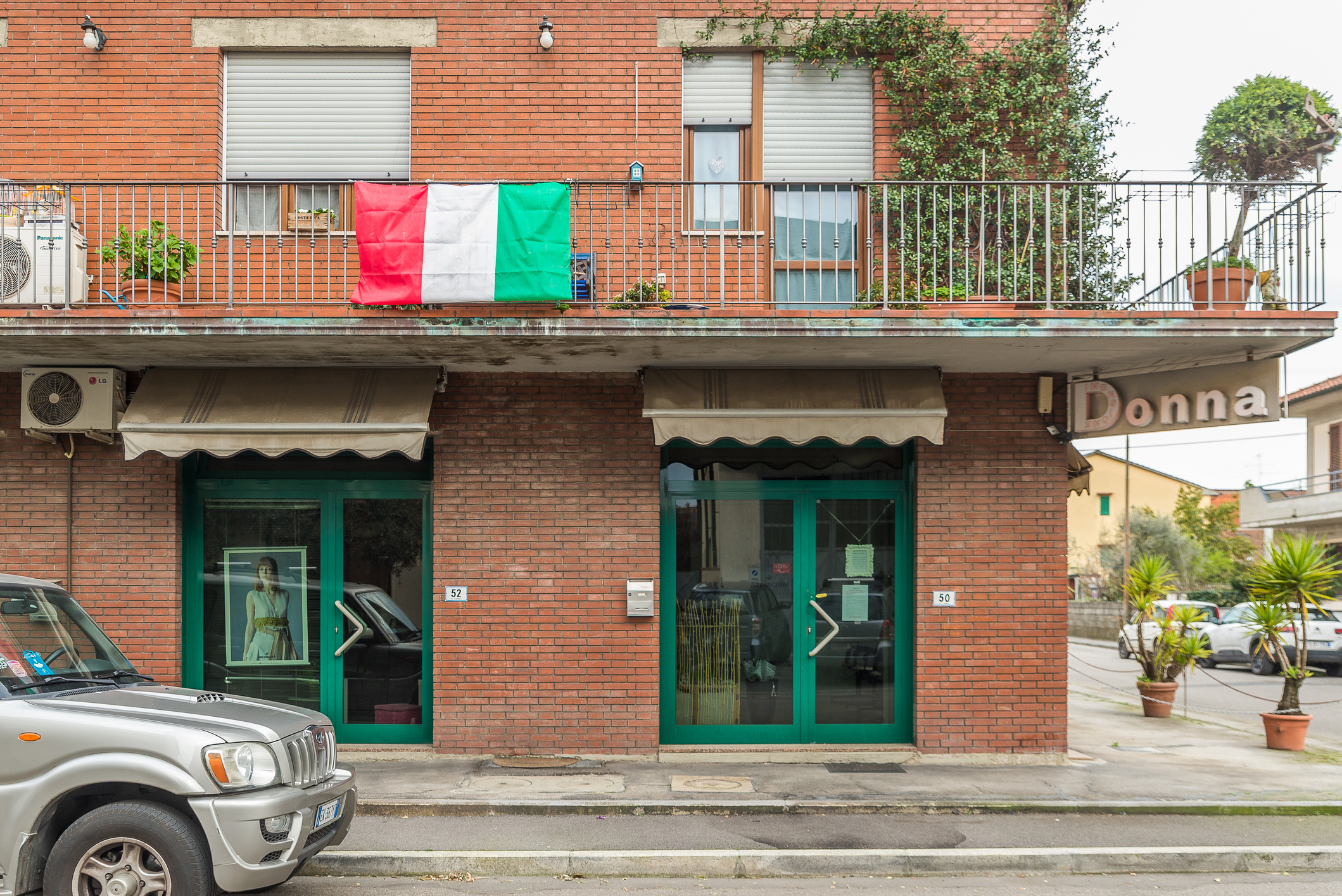Many people had expected Prato in Tuscany to be Italy’s COVID epicenter, given that it has the highest concentration of Chinese migrants in Europe.
Prato, however, proved to be among the least infected areas in the country. The Mayor of Prato attributed this to the fact the Chinese there set a good example. The local press, who over the past two decades relentlessly accused the Chinese of taking over the Prato industrial district at the expenses of the natives, is expressing its gratitude too.
The Chinese migrants were the first to close their businesses in Italy at the end of January 2020. It was calculated that about 80 percent of Chinese-run stores stopped business in mid-February, well before the Prime Minister’s lockdown order on 9 March. The Chinese press also reported that the Chinese community donated protective clothing, masks, and money to hospitals across Italy including Niguarda Hospital in Milan. Italian are also impressed by the concrete help the Chinese migrants offered at the grassroots level, as in the case of the masks left in all the mailboxes in an apartment building in Prato. In this time of anxiety and fear, the Chinese diaspora are no longer seen as the Chinese in Italy, but as Chinese-Italians.
While this shift seems heartening, it is worth asking what exactly has brought about this change. The Chinese living in Italy, well before the pandemic, were already part and parcel of the Italian economy. They were pivotal in the labour-intensive garment production and industrial cluster reconfiguration that were crucial for the Italian fashion industry. They were also part of the country’s social fabric. Most of their offspring were born in Italy or migrated as young children, and go to Italian schools.
Well-coordinated actions along hierarchical lines
However, the Chinese are recognized as a ‘model community’ during the pandemic not because of their embeddedness, but because they followed a Chinese approach: taking well-coordinated actions along precise hierarchical lines, in close coordination with China. This includes active mobilization among and surveillance on Chinese community members, especially through the 'China’s Overseas Chinese Network’, initiated by the Chinese embassy and implemented by Chinese associations across Italy. The ‘Leadership group in contagion emergency’ took a top-down approach and created WeChat groups for monitoring, information exchange, mutual support, and organizing food supply for quarantined Chinese.
When six hundred Chinese workers were to return to Italy after spending Chinese New Year in China in mid-February, there were no place for them to be quarantined in Italy. Some of these workers used to live in the workshops where they worked, which are now closed; others shared apartments with other workers provided by their employers, who were clearly unwelcomed by the flatmates. It is Chinese associations who, according to the press, rented apartments, and even entire hotels, in the Apennine mountains, far away from city center, for their quarantine.
The well-coordinated, collective approach was also visible in Italian schools. In mid-February, when Italian school administrators were concerned that Chinese children may face discrimination, the Chinese parents already kept the children at home as a collective action.
Becoming more Italian by being more Chinese?
We have always been sceptical about the claim that the Chinese diaspora represent a ‘Chinese model’, and have always adopted a ‘mixed embeddedness approach’ in our work to highlight migrants’ agency that is shaped by and in turn shapes both global and local forces in both the sending and receiving places[1]. But this time we believe that the behavior of most Chinese migrants in Italy can be traced to the Chinese model of dealing with the epidemic.
On the surface the range of measures taken by Italian government are similar to what the Chinese government did: tracing, quarantine, isolation, and various forms of social control imposed in a top-down manner. But the outcomes are very different in the two countries because the ways how these measures are actually implemented throughout the society are different. The structure activated by the Chinese in Italy in coordination with China is considered as providing the most effective means to implement the measures.
Biao Xiang terms the Chinese model as a ‘grid reaction’, consisting in the mobilization of residential communities, districts, and cities that act as grids, with ‘grid managers’ (normally volunteers) and ‘grid heads’ (cadres who receive state salaries) imposing tight surveillance over all residents and minimize mobilities. The ‘grid reaction’ is therefore an undifferentiated warlike strategy that involves everyone.
This seems to be precisely the pattern that the Chinese diaspora in Italy has followed. This goes hand in hand with the emerging narrative—which is also gaining ground in Italy—that China is guiding the world out of the pandemic.
We are therefore witnessing a paradox: the Chinese who have helped to make Italy Italy were not considered as Chinese-Italians in the last decades; this happens now, when the pandemic is strengthening nationalism in many parts of the world and the Chinese behave more ‘Chinese’ than before. This curious development deserves close attention given the intensifying struggles for global hegemony and antagonistic propaganda wars.
Antonella Ceccagno teaches Sociology of Migration at the University of Bologna, Italy. Her most recent book is City Making and Global Labor Regimes. Chinese Immigrants and Italy's Fast Fashion Industry, 2017, Cham: Palgrave MacMillan.
Alessandra Salvati is school administrator in Prato, Italy. She recently worked with Antonella Ceccagno on Pakistani workers working for Chinese employers in the Italian fashion industry.
[1] Antonella Ceccagno (2015), 'The Mobile Emplacement: Chinese Migrants in Italian Industrial Districts', Journal of Ethnic and Migration Studies, 41/7, 1111-1130 | DOI: 10.1080/1369183X.2014.967755
